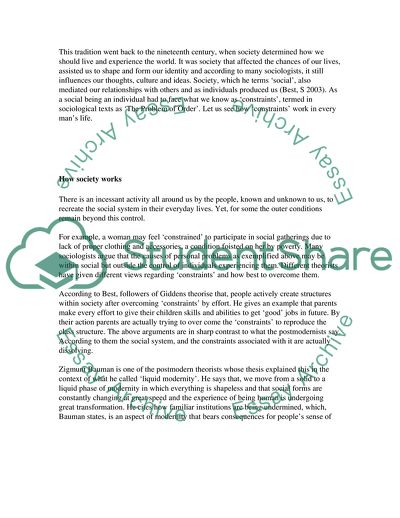Cite this document
(Self-Identity is Not a Set of Traits or Obvious Characteristics Case Study, n.d.)
Self-Identity is Not a Set of Traits or Obvious Characteristics Case Study. https://studentshare.org/philosophy/1710588-constructing-social-identity
Self-Identity is Not a Set of Traits or Obvious Characteristics Case Study. https://studentshare.org/philosophy/1710588-constructing-social-identity
(Self-Identity Is Not a Set of Traits or Obvious Characteristics Case Study)
Self-Identity Is Not a Set of Traits or Obvious Characteristics Case Study. https://studentshare.org/philosophy/1710588-constructing-social-identity.
Self-Identity Is Not a Set of Traits or Obvious Characteristics Case Study. https://studentshare.org/philosophy/1710588-constructing-social-identity.
“Self-Identity Is Not a Set of Traits or Obvious Characteristics Case Study”. https://studentshare.org/philosophy/1710588-constructing-social-identity.


